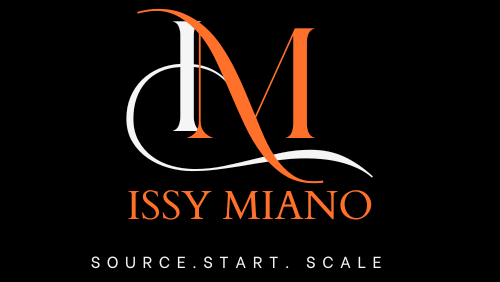Finding Your Niche: Product Ideas for Small Retail Businesses
As a small retail business owner, finding your niche is crucial to your success. It is essential to identify your market and select the right products to cater to their needs. However, finding the right niche can be challenging, especially when you are starting. In this article, I will share some strategies to help you find your niche and select the right products to grow your business.

Identifying your market is the first step in finding your niche. You need to understand your customers’ needs, preferences, and pain points to create a product that caters to their needs. Conducting market research is crucial to help you identify your target audience. You can use online tools like Google Trends, Facebook Audience Insights, and Twitter Analytics to help you understand your market better.
Product selection strategies are also essential in finding your niche. You need to select products that are unique, in-demand, and profitable. You can start by researching your competitors and identifying gaps in their product offerings. You can also leverage online marketplaces like Alibaba,Amazon and Etsy to identify trending products and gauge their popularity. Once you have identified your niche and selected the right products, you can start building your brand and growing your business.
Key Takeaways
- Conduct market research to identify your target audience and understand their needs.
- Select products that are unique, in-demand, and profitable.
- Leverage online tools and marketplaces to identify trending products and gauge their popularity.
Identifying Your Market
As a small retail business owner, it’s crucial to identify your market before launching a product. Here are three ways to help you understand your target audience:
Analyzing Consumer Trends
Analyzing consumer trends can help you identify what products are currently in demand. You can use online tools such as Google Trends to see what people are searching for and what products are trending. You can also look at social media platforms to see what products are being talked about and shared.
Understanding Local Demand
Understanding local demand is important for small retail businesses. If you’re selling products in a physical store, it’s important to know what products are in demand in your local area. You can do this by conducting market research or by talking to other local business owners. You can also look at local events and festivals to see what products are being sold.
Target Demographics
Target demographics are the specific group of people who are most likely to buy your products. You can identify your target demographics by looking at factors such as age, gender, income, and location. You can use this information to tailor your products and marketing efforts to appeal to your target audience.
By analyzing consumer trends, understanding local demand, and identifying your target demographics, you can find the right niche for your small retail business and create successful products.
Product Selection Strategies
As a small retail business owner, finding the right products to sell can be a challenge. Here are some strategies I use to make sure I’m sourcing unique, high-quality products that my customers will love.
Sourcing Unique Products
One of the keys to standing out in a crowded market is to offer unique products that customers can’t find anywhere else. To find these products, I attend trade shows, scour online marketplaces, and even travel to other countries to source products directly from manufacturers.
Another strategy I use is to collaborate with local artists and designers to create custom products that are exclusive to my store. Not only does this give me a competitive edge, but it also supports the local community.
Balancing Quality and Cost
While it’s important to offer unique products, it’s equally important to maintain a balance between quality and cost. Customers expect high-quality products, but they don’t want to pay exorbitant prices.
To strike this balance, I work closely with my suppliers to negotiate the best possible prices without sacrificing quality. I also invest in product testing to ensure that the products I sell meet my customers’ expectations.
Evaluating Supplier Reliability
When it comes to sourcing products, it’s important to work with reliable suppliers who can deliver products on time and at the right price. To evaluate supplier reliability, I look for suppliers with a proven track record of delivering quality products on time.
I also make sure to communicate clearly with my suppliers about my expectations and requirements. By building strong relationships with my suppliers, I can ensure that I’m getting the best possible products at the best possible price.
By using these product selection strategies, I’m able to offer unique, high-quality products that my customers love.
